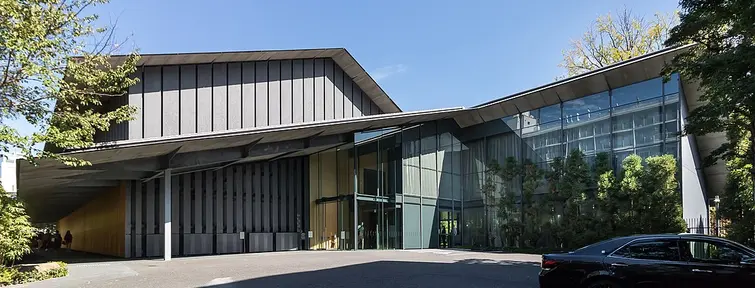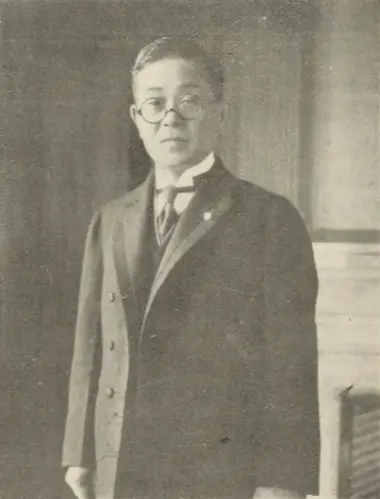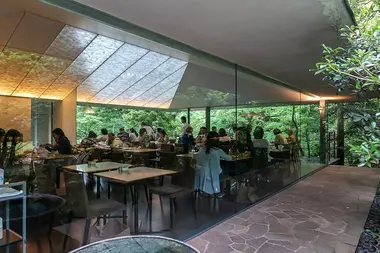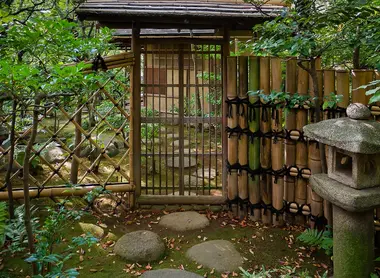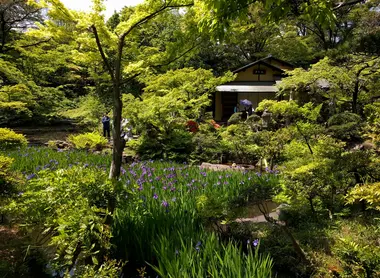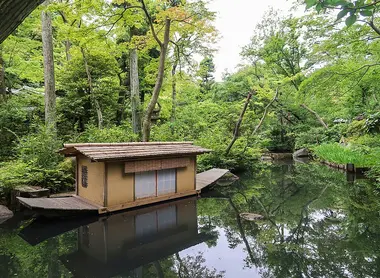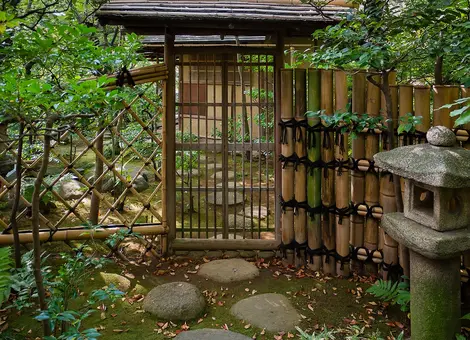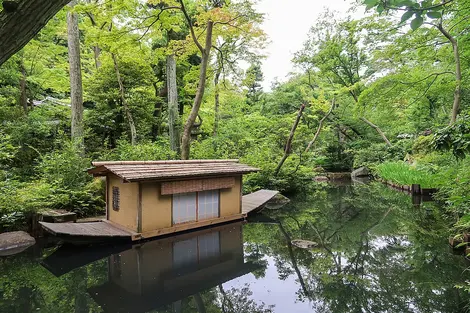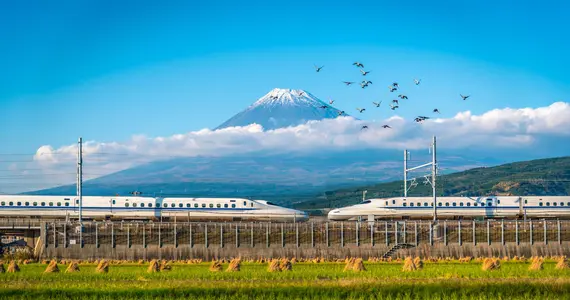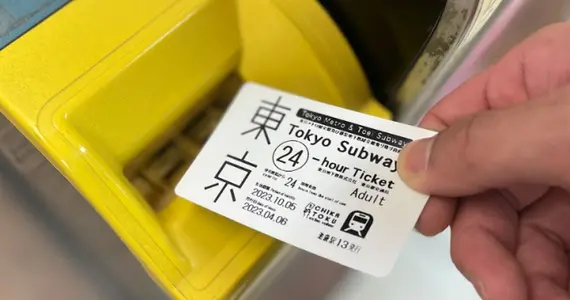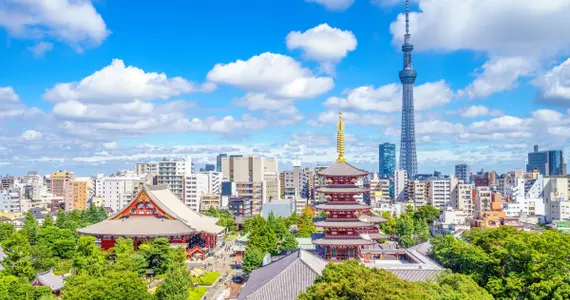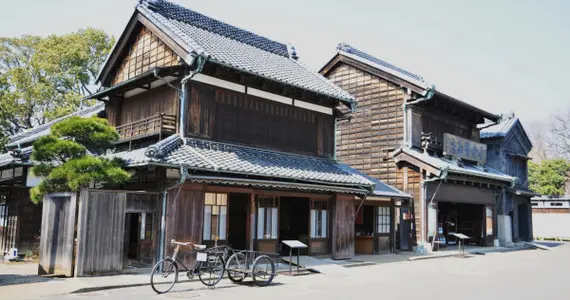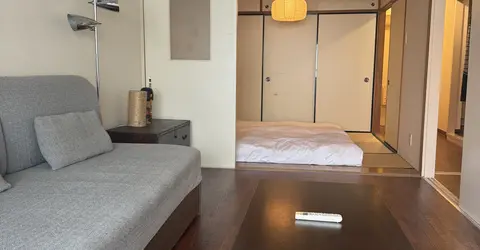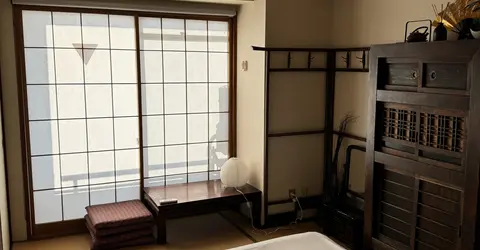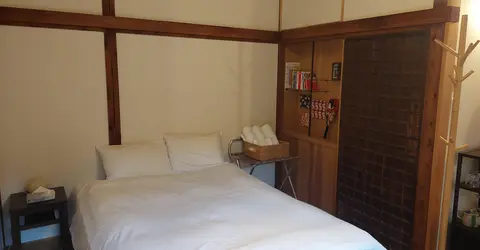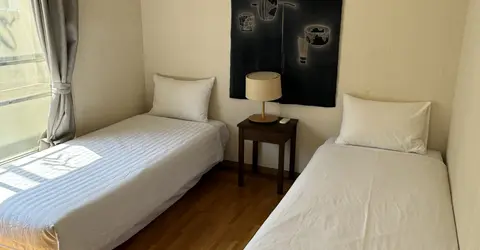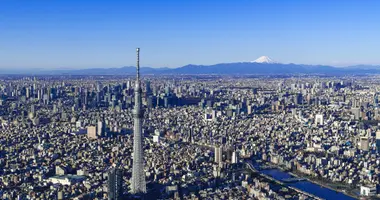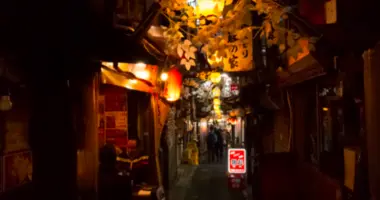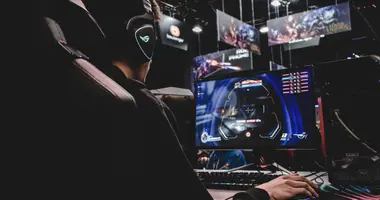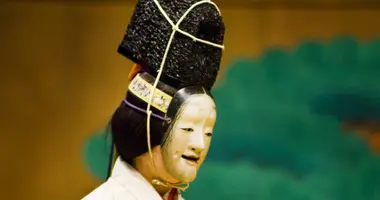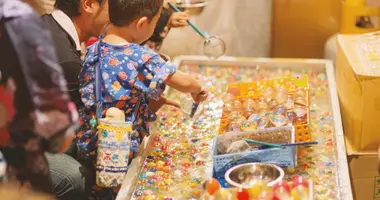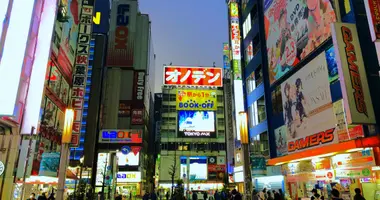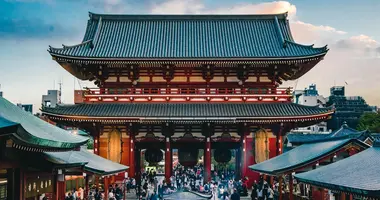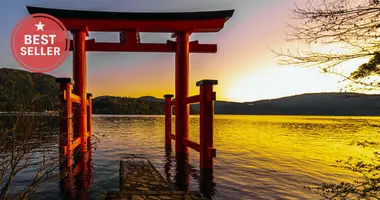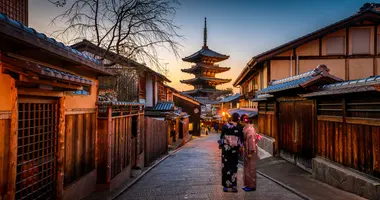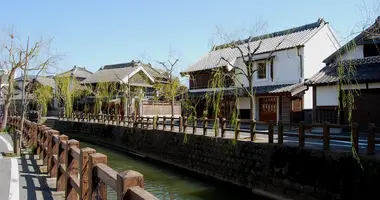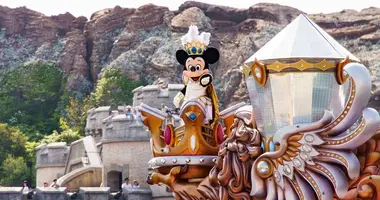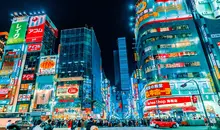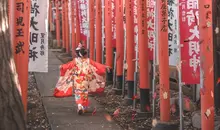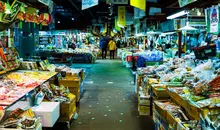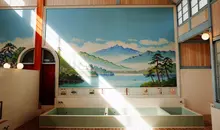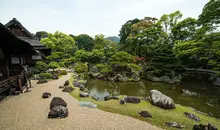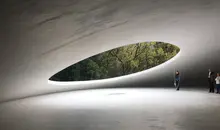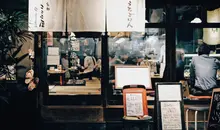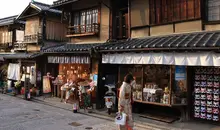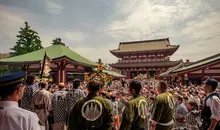Nezu Museum
- Veröffentlicht am : 10/07/2025
- Von : SR
- Youtube
The over 7,000 works from the collection of Kaichiro Nezu are exhibited within an oasis of peace and greenery, a few minutes from Omotesando in central Tokyo.
- Museum overview
- About the founder, Nezu Kaichiro
- Nezu Museum collection
- Access to the Nezu Museum
- The Nezu Museum garden
The Nezu Museum of Tokyo
The Nezu Museum is a cultural and scenic highlight of Tokyo's fashionable Aoyama district, combining sweeping modern architecture with elegant traditional landscaping and housing one of the most eclectic collections of art and artifacts in the city. The museum is located at the end of the upscale Omotesando boulevard.
The Nezu Museum features a collection of pre-modern Japanese and East Asian art, acquired mainly by Kaichiro Nezu (1860-1940). President of the Tobu Railway in the early 1900s, his collection was accumulated throughout his career. After his passing in 1940, the collection was gathered and housed at the current museum site by his son. Throughout the years, numerous private donations of works have since added to the collection's size.
The museum underwent renovations that were completed in 2009. The new design was instated by the renowned Japanese architect Kengo Kuma, famous for works that can be found in Japan as well as other parts of the world. Kuma’s vision for the new museum incorporates large glass walls and a tiled ceiling. Like the Japanese master gardeners, he takes elements of the surrounding, a technique called "borrowed scenery," based on the principle of not opposing the outside with the interior.

The Nezu Museum in Tokyo, designed by Kengo Kuma
@Wikimedia
Nezu Kaichiro, the man behind the collection
Born in 1860 in Yamanashi Prefecture, Japan, Nezu Kaichiro took on many roles throughout his life. After moving to Tokyo, he became a member of the National Diet in 1904, and the following year, he took the helm as the head of Tobu Railways. During this time, he established rail lines that led from central Tokyo out to Nikko in Tochigi Prefecture. Into the modern day, Nikko remains one of the most visited destinations in all of Japan.
Later on in life, Kaichiro followed more philanthropic pursuits, largely dealing with the education sector. After a trip to the U.S. in 1909, he founded the Musashi High School and Junior High School, which still operates today out of the Nerima Ward in Tokyo. Musashi University would later be opened in Tokyo, branching off from these original educational institutions. It is highly recognized for its economics, sociology, and humanities schools.
An avid supporter of the arts, Kaichiro accumulated many pieces of Japanese and East Asian arts and crafts, which would go on to be the center of the Nezu Museum. Back in Yamanashi Prefecture, his family home serves as the Nezu Memorial Museum, with much of the structure being recognized as notable cultural properties by the Japanese government.
The Nezu Museum Collection
The two-story museum building was renovated with a large, airy, atmospheric space where selections of the museum's approximately 7,400 pieces can be enjoyed. The Nezu Museum hosts periodically changing general exhibitions and special exhibitions are also held. The collection covers many genres of art and craft created by ancient calligraphers, ceramicists, armor makers, metalworkers, textile makers, painters, lacquerware artisans, sculptors and others, and includes many archaeological artifacts.
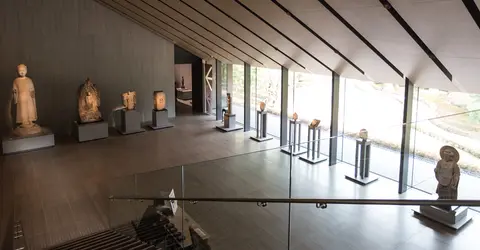
Inside of the Nezu Museum in Tokyo, Japan
@flickr/ Daniel Neubauer
Nezu was an avid practitioner of traditional Japanese tea ceremony. In his practice, he utilized storied, high-quality crafts, from ceramics to tools, many of which are on display in the museum.
All exhibits have descriptions and explanations in Japanese as well as English. Notable pieces within the museum include the following:
- The Konpon Kyakuichikonma: A certified national treasure of Japan, this handwritten calligraphy scroll dates back to the 8th century, during the Nara Period in Japan. It conveys rules and regulations for priests of the time.
- Kemari, Japanese Football Game under Cherry Blossoms: A 17th-century painting depicting a game of Kemari, similar to modern-day football/soccer, underneath the sakura in spring.
- Fragment of Shoko-kin: A textile piece originating from 7th-century China with bright red coloration and intricate detailing.
- Ewer (Kundika): A bronze statue from the Korean Peninsula dating back to the 11th century, during the rule of the Koryo Dynasty. It has undergone significant oxidation through the centuries, characterized by bright green, almost jade coloration.
- Seated Sakyamuni and Prabhutaratna: A gilded bronze statue dating all the way back to the year 489AD, during the time of the Wei Dynasty in Northern China.
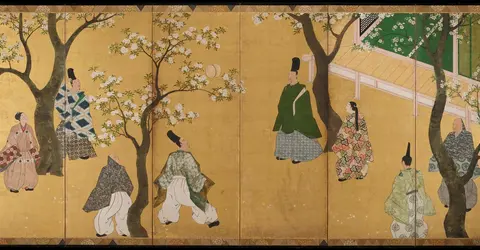
Kemari, Japanese Football Game under Cherry Blossoms on display at the Nezu Museum. Likely painted by a member of Tawaraya Sōtatsu's studio during the Momoyama Period in Japan.
@rawpixel/ Public Domain
These are just a few examples of the museum's priceless artifacts that reflect the rich history of not just Japan, but East Asia as a whole. Art lovers as well as appreciators of archeology and history are sure to be absorbed within the museum’s atmosphere.
The Nezu Museum has a pleasant cafe and a shop selling high-quality souvenirs, books, and catalogs of past exhibitions. `The cafe is limited to patrons of the museum and offers food, refreshments, and dessert! It is located within the museum’s esteemed garden and features glass construction that allows for nice views of the surroundings.
The gift shop features unique products such as postcards with artwork from the museum, ceramics, and distinct Japanese products like sensu fans, incense, and bags!
Accessing the Nezu Museum
Tickets to the Nezu Museum can be purchased both online and in person at the museum itself. High school and university students are able to purchase tickets at a discounted rate and admission is free for middle school students and below. See the following table for ticket prices and rates.
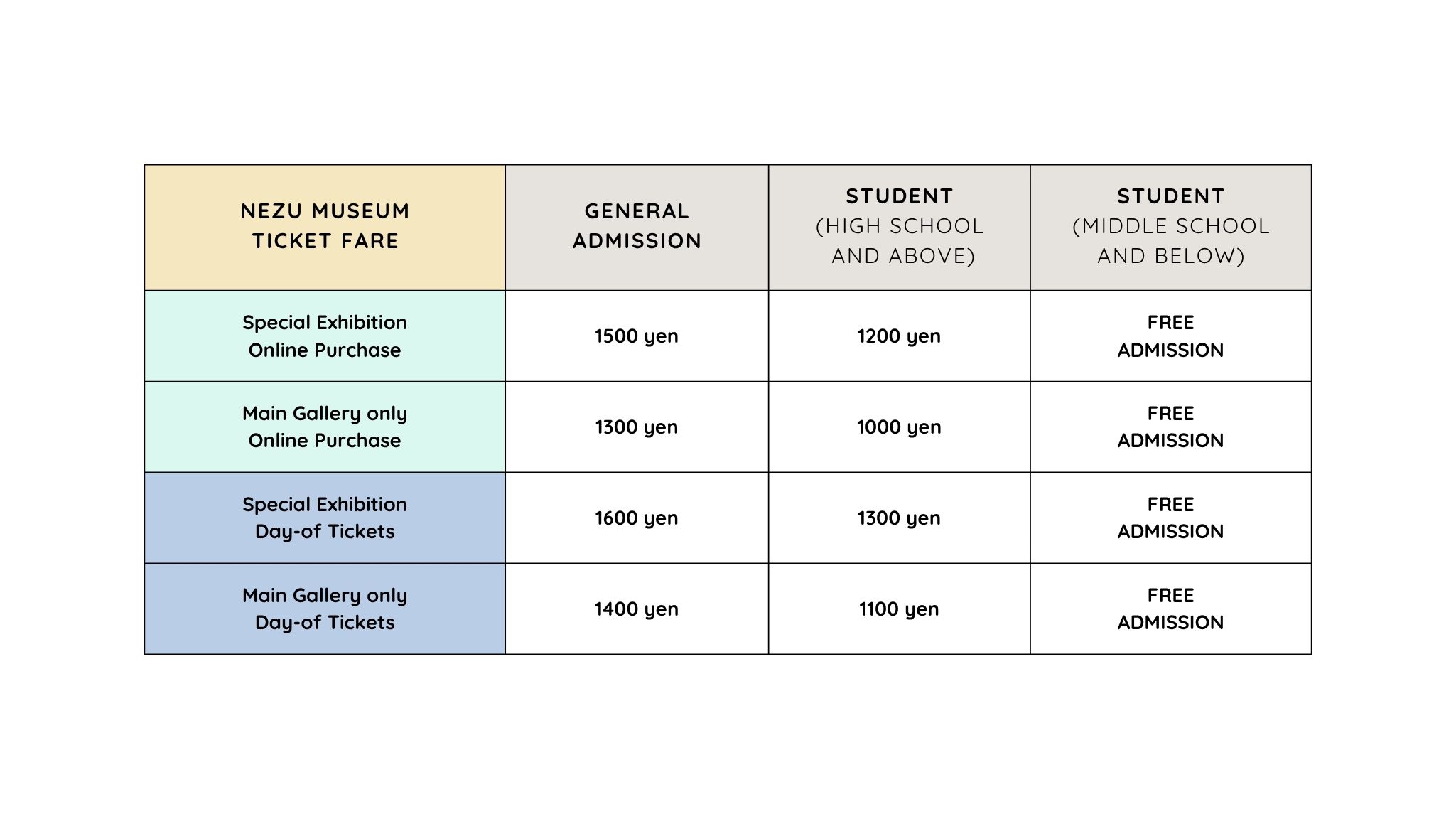
- Tickets are available for online purchase in English here.
As previously mentioned, the Nezu Museum is located nearby the commercial districts of Omotesando, Harajuku, and Aoyama. From Omotesando Station, which is serviced by the Chiyoda Line, Hanzomon Line, and Ginza Lines, the museum is only around an 8-10 minute walk. While this station isn't directly accessible with the Japan Rail Pass, the Tokyo Subway Pass allows for all-encompassing access to the Tokyo Subway and Metro Lines. Otherwise, rechargeable IC cards like the PASMO or Suica can be used to ride any local train lines within the city. From the Minami-Aoyama 6-Chome Bus Stop, it is only a 5-minute walk, and the Seinanshogakko Mae Bus Stop is only 1 minute away.
The Nezu Museum is located in the Minato District of Tokyo, one of the most prominent districts in the center of the city filled with quality shopping, restaurants, cafes, and other attractions! This museum serves as a great destination to check out within Minato, whether as the main point of interest or an additional stop while exploring the greater area.
The museum may have periods of closure but is typically open from 10:00 AM to 5:00 PM, with final admission being at 4:30 PM. On days the museum is closed, the gift shop, cafe, and garden are also closed. The schedule for the museum is available on their official website's homepage that can be found here.
The Nezu Museum Garden
The garden located behind the building is every bit as memorable as the Nezu Museum itself. Occupying a small, beautifully landscaped grounds, the garden is built around undulating paths that are lined with ancient statues and monuments that are constructed mainly of stone. These paths take visitors around a pond, a waterfall, and a picturesque tea house where tea ceremony-related exhibits are sometimes held.
The garden—carefully restored after its wartime destruction—is a serene world all its own, far removed from the contemporary and commercial feel of Omotesando, just minutes away. It’s truly an oasis of tranquility hidden away from the hustle and bustle of one of Tokyo’s most visited areas. The garden, like the cafe and shop, can only be accessed by visitors to the museum who have purchased tickets. It is open all year round and worth visiting through every season with changing foliage and scenery.
Travel around and explore Tokyo!
Adresse - Ankunftszeit - Anfahrt
Nezu Museum
Addresse
6 Chome-5-1 Minamiaoyama, Minato City
107-0062
Japan
Phone
+81 (0)3 3400 2536Zeitplan
The Nezu Museum is open from 10am to 5pm (last entry 4:30pm). Closed Mondays, the year-end/New Year period, and at certain periods between exhibitions.Webseite
http://www.nezu-muse.or.jp/en/
